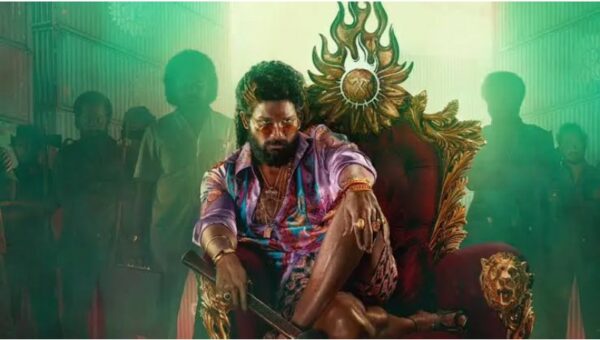Music is made up of sound and silence, and it has the power to take the tiredness out of us at the end of a stressful day. The harmony of sounds and silence creates music. Music in Iran was called Novak Khonyak. The meaning of all these names in his heart was “good voice”.
This art is associated with every moment of our lives. A voice that is more enjoyable with singing. In cities where there is a lot of noise, having a handsfree helps us to listen to our pleasant music and relax. A musician who uses all his senses through his hands produces pieces to hear. The whole profession is not just a feeling, knowing the music and its theories before experiencing it is the first step to understanding this art.
In the following article, we will name a number of original Iranian instruments and give a brief explanation. Join our next articles to learn more about musical instruments in Iran.
Prehistoric to contemporary
Music in Iran has a long and impressive history and many Iranologists consider it the birthplace of ancient music. Types of instruments, different forms of music performance and its applications in various aspects of life and a wealth of scientific, research and historical documents that from the distant past to the present show the life and continuity of this art among Iranians. In the present era, the original Iranian music is alive with the masters of this music, while maintaining its main axes, ie the type of instruments.
Familiarity with national musical instruments
Tar and Setar: It is a kind of stringed instrument. The musician makes a sound by tapping the strings of the instrument with his nails.
In the past, the shutter, as its name implies, had three wires. But the set of strings has four wires. This fourth wire is also known as the eager wire. The addition of the fourth string is due to the addition of bass sound in the sound production.
Fiddle: One of the original Iranian instruments that is of the bow type. The interesting thing about this instrument is that if you look at the instrument, you will see that it does not play the instrument completely and the musician has to touch and learn the distances exactly with a lot of repetition and practice.
Zarb: It is one of the Iranian percussion instruments which is also called Tonbak or Tombak. The appearance of this instrument is like a wooden vase that is drawn on the wide part of its mouth. With this instrument, the song can be accompanied in music performance.
Oud and law: One of the oldest original Iranian instruments is repetition and law. All the strings of this instrument (law) are placed on a piece of trapezoidal wood. There are theories about the law. Some even consider the origin of this instrument to be Greece. A repetition of a string or baritone that dates back to about five thousand years ago.
Reed: It is one of the Iranian wind instruments that is blown by blowing in it and restricting the air through holes on the body. The reason for naming it is straw.
Santour (Santoor) : Santour is a percussion string instrument made of trapezoidal wood. There is a parallel wire on the surface of this wood and with the help of two sticks, the sound of this instrument can be heard when these wires collide. Explaining and recognizing the theory of each of these tools can be in the form of a separate article. But in this article, I tried to briefly explain the main instruments of Iranian music.








